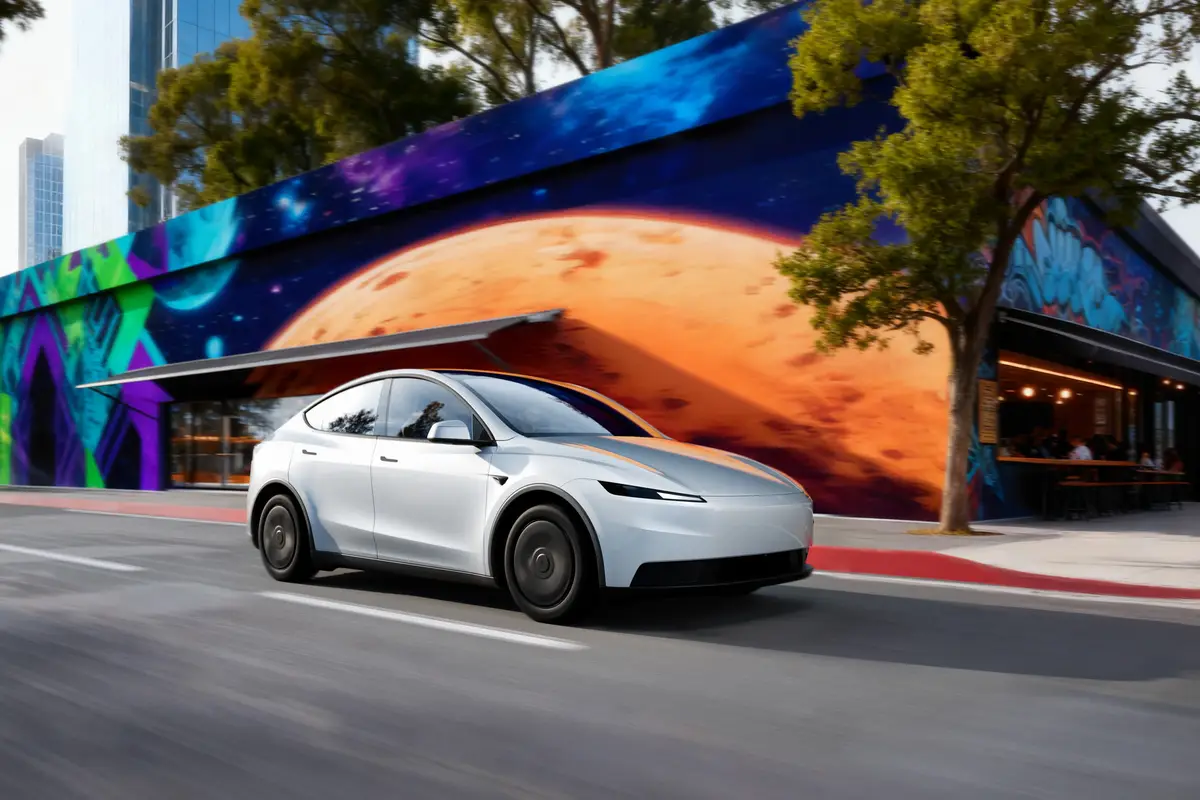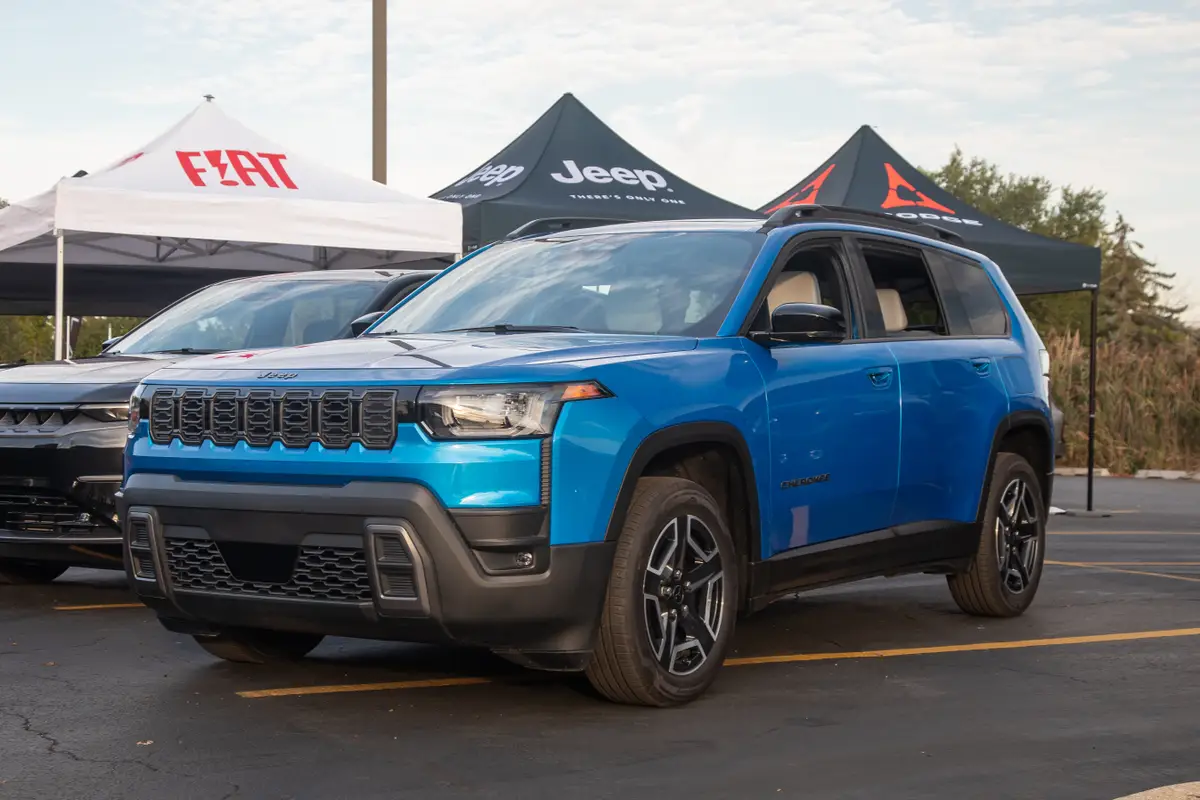2008 Land Rover Range Rover: What's New
Vehicle Overview
For 2008, Land Rover has tweaked the cabin of its largest model, the Range Rover. The SUV is offered with a supercharged V-8 or a naturally aspirated V-8, both derived from Jaguar engines and operating using drive-by-wire throttle control. It occupies a unique corner of the market; its closest competitor is the Mercedes-Benz G-Class.
Land Rover’s Terrain Response technology, which has five terrain settings for on-road to extreme offroad conditions, is standard on all models. It includes settings for dry pavement driving, snow, mud, sand and rock crawling. The parking brake is electronic and operates by a switch, and the twin glove boxes have electronic releases. For 2008, the doorsill plates have a ribbed design, there’s a storage slot for the rear seat entertainment system’s remote control, and the previously optional leather dash cover is now standard.
The Range Rover got a restyled front, a driver’s side knee airbag, improved ventilation and more extensive wood and metallic finishes for 2007. The front seats also have newly optional cooling in addition to the standard heating feature.
The Range Rover Sport model, which debuted in 2006, is listed separately in the Cars.com Research section.
Exterior
Either 19- or 20-inch alloy wheels are available. The supercharged version gets slightly larger Brembo brake rotors. Built on a 113.4-inch wheelbase, the Range Rover is 195.8 inches long overall, 87.2 inches wide (including the mirrors) and 74.9 inches tall.
Ground clearance measures 8.7 inches, but that can rise to 11 inches for offroad treks. The SUV’s wading depth is 27.6 inches and its approach angle is 29 degrees (34 degrees for off-roading). Traditional design touches include a clamshell hood, an upright front end, a “floating” roof and a horizontally split tailgate.
Interior
The Range Rover seats up to five. The interior can be trimmed in luxurious leather and genuine wood. Three-zone automatic air conditioning is standard. The supercharged model has special stainless-steel pedals. A touch-screen that provides offroad driving information and works with the navigation, audio and phone systems is optional. A backseat DVD entertainment system and a rearview camera are also available.
A rotary switch selects from five Terrain Response settings. One is for normal driving, a second is for slippery conditions, and the remaining three are offroad settings for mud, sand and rock-crawling. Land Rover says an upgraded evaporator and center top vents help improve air conditioning and ventilation.
Under the Hood
Two V-8s are available under Range Rover hoods. The normally aspirated 4.4-liter V-8 produces 305 horsepower and 325 pounds-feet of torque. Land Rover also offers a supercharged 4.2-liter V-8 that generates 400 hp and delivers 420 pounds-feet of torque. Both engines team with a ZF six-speed automatic transmission.
Permanent four-wheel drive includes a Torsen torque-sensing center differential. The two-speed transfer case can be shifted between Low and High modes while moving. An air suspension incorporates adjustable ride height.
Safety
The SUV is equipped with nine standard airbags, including the usual frontal-impact devices, seat-mounted side-impact airbags for the front passengers and side curtain airbags for all outboard occupants, and the driver also gets a knee airbag. Antilock brakes and all-terrain Dynamic Stability Control are standard. The front head restraints are meant to prevent whiplash.
Featured stories



